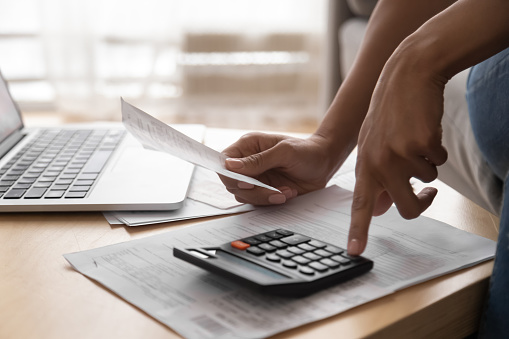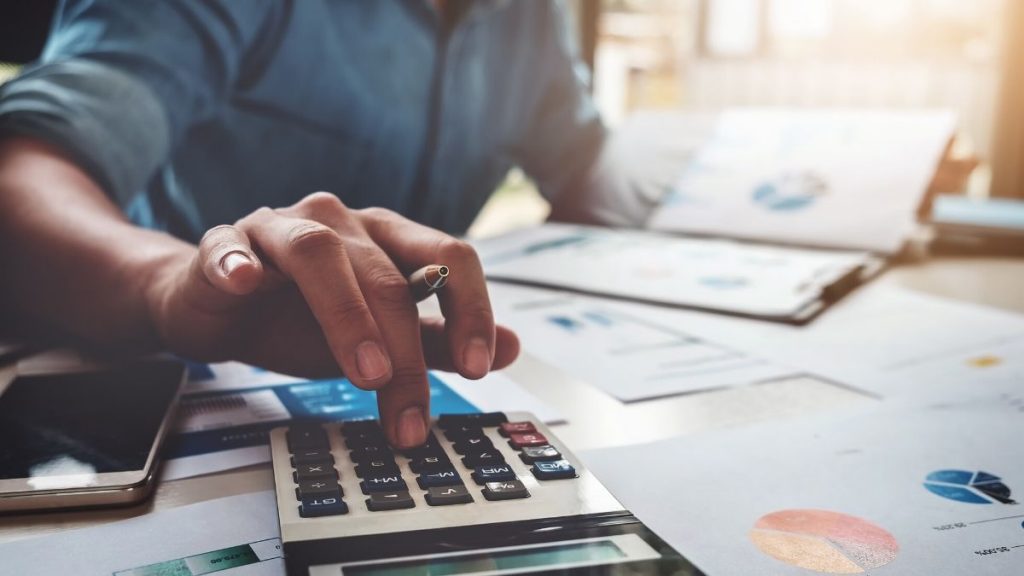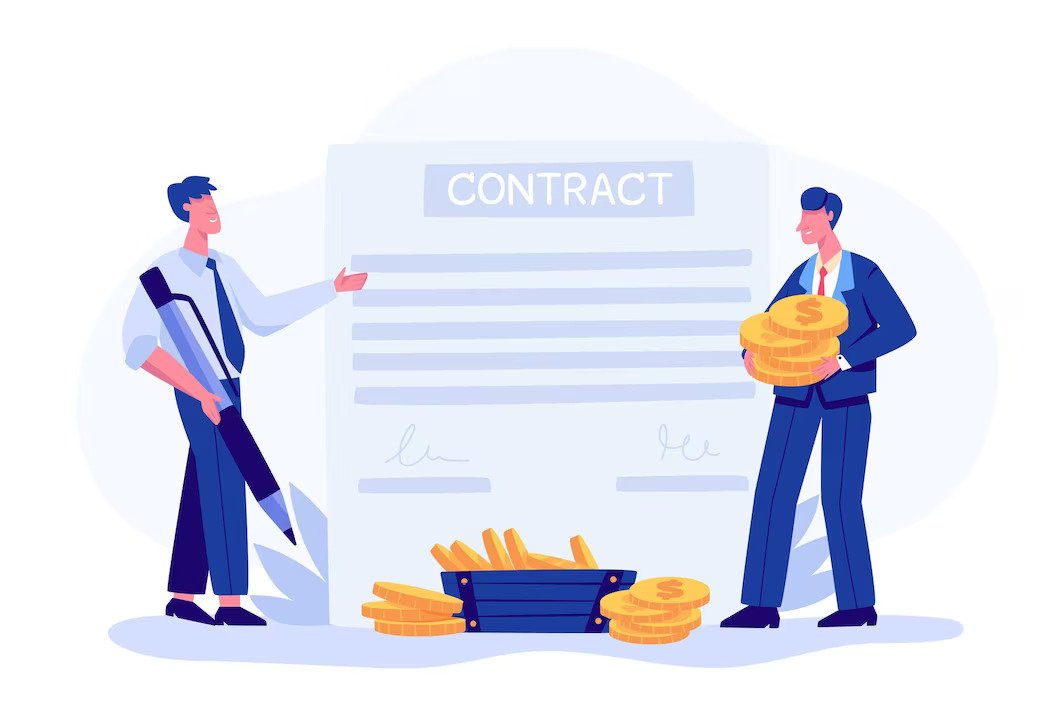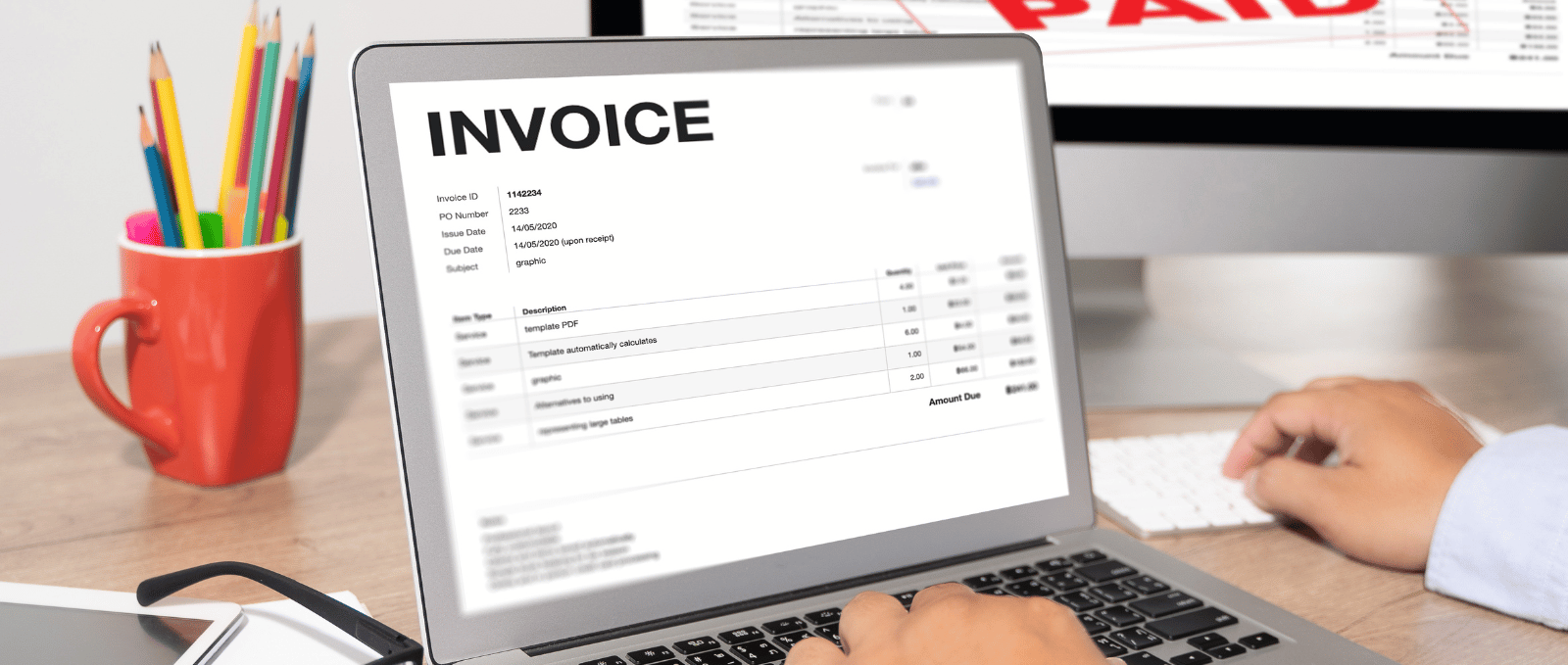What are VAT invoices? Can you invoice without one? If your business is small, you might be wondering – can I invoice without a VAT number?
Not all businesses are required to register for VAT, which means that many companies, small businesses and freelancers can send an invoice without VAT included.
However, there are some rules to be aware of to ensure that your business doesn’t fall on the wrong side. You’ll see that you can invoice even if you are not VAT registered.
What Is VAT ?
VAT means Value-added Tax (VAT), it is a consumption tax on goods and services that is levied at each stage of the supply chain where value is added, from initial production to the point of sale.
The amount of VAT to be paid by the consumer is based on the cost of the product minus any cost of materials in the product that have already been taxed at a previous stage.
What Is A VAT Invoice?
A Value-Added Tax (VAT) invoice is a document issued by a VAT registered company or business.
A VAT invoice sets out the details of a taxable supply and all related information as prescribed by the VAT law in that country.
A VAT invoice must issue within fifteen days of the end of the month in which goods or services are supplied and be remitted within 21 days of the next month.
What Information Must A VAT Invoice Contain ?
The Value-Added Tax (VAT) invoice must show:
- The date of issue
- A unique sequential number
- The supplier’s full name, address and registration number
- The customer’s full name and address
- In the case of a reverse charge, the customer’s VAT number and a notation that a ‘reverse charge applies’. (This does not apply to construction services subject to Relevant Contracts Tax)
- In the case of a intra-Community supply of goods, the customer’s VAT number and a notation that this is an ‘intra-Community supply of goods’
- In the case of triangulation, an explicit reference to EC triangulation simplification and an indication that the person in receipt of the goods is liable to account for the VAT due on the supply
- The quantity and nature of the goods supplied
- The extent and nature of the services rendered
- The VAT exclusive unit price
- The payment received net of VAT
- The discounts or price reductions
- The breakdown by the rate of VAT
- The total VAT payable in respect of the supply
- The date on which the goods or services were supplied
If payment is already made prior to the completion of the supply, the date to be included will be the date on which the payment on account was made.
Can You Invoice Without Including A VAT Number?
Invoices help your business get paid, and they must show key details including prices, invoice numbers, and payment information to facilitate this process but if a business has not registered for VAT, it will have no VAT number or requirement to include this on the invoice.
While any business can choose to register for VAT, it’s only compulsory if your business has reached a certain threshold of annual turnover which is already determined by the regulations of your country.
It’s also possible for your business to voluntarily register for VAT even if your turnover is below the threshold.
Voluntary registration is usually done by businesses that expect to reach the threshold in the future or wish to reclaim VAT on business expenses.
If you’ve reached the threshold or wish to voluntarily opt-in for VAT, you can register. Once registered with the authorities, you’ll receive a VAT registration number (VRN) for your business.
Now that your business has its own unique VAT number, (with this number in hand) you’ll then be required to issue VAT invoices to customers, showing extra details about the tax rates and due dates.
But can you issue an invoice without a VAT number ? Yes – but only if your business is not VAT registered.
Should You Charge VAT If Your Business Is Not VAT Registered?
What if you have not registered for VAT yet, can you charge VAT if not VAT registered yet? The answer to this question is NO, and the rules are quite clear on this issue. According to the Finance Act on VAT (Nigeria), businesses that issue an invoice showing VAT when they are not registered are liable to pay a penalty up to 100% of the amount shown on the invoice. Even an error could lead to penalties, so you should take care to leave VAT off your invoices entirely if you’re not registered.
How To Invoice If You Are Not VAT Registered
Creating an invoice without VAT is simple. Issue an invoice using the template or software of your choice, leaving out VAT details.
If you use invoicing or accounting software like ProInvoice it’s very easy to find an invoice without VAT template, you’ll find a selection of templates to follow.
ProInvoice software allows you to choose whether your business invoice would use VAT registered format in the settings.
You can also deactivate VAT as an option and it won’t appear on the template hence your invoice. Alternatively, if you use a template showing ‘VAT No.’ you can leave the VAT field blank on the invoice.
If your business is new and you haven’t had the chance to register for VAT just yet, you can still issue an invoice without VAT.
Once you’ve registered with a valid number, change your profile settings to include this information on each invoice. Typical information contained in an invoice without VAT includes:
- Business name and contact information
- Client name and contact information
- Unique invoice number
- Issue date and due date
- Itemized list of services or products provided and their costs
- Total cost
- Payment terms and conditions
One thing to keep in mind is that the invoice shouldn’t be labeled as a ‘tax invoice’ or ‘VAT invoice’. Similarly, VAT should not be charged or added onto the price of each listed product.
Types Of VAT Invoices
There are 3 different types of VAT invoices that you can issue to your customers. Each has a specific purpose and has certain requirements for when you can issue them.
- Full VAT invoice: A full VAT invoice is the standard form of VAT invoice and the one that is most commonly issued. If you’re ever in doubt about which type of VAT invoice you should issue, then issue a full VAT invoice. A full VAT invoice includes all of the legally required information.
- Simplified VAT invoice: A simplified VAT invoice is also known as “ticket”. It is mostly used for lower cost products and services. The simplified VAT contains most of the same information in a full VAT invoice except that the date, customer details, subtotal, total VAT amount, unit price and quantity are not shown. It basically shows the total amount to be paid by the customer. If the sale or price exceeds the specified amount required to issue VAT, then you must issue a full or modified VAT invoice.
- Modified VAT invoice: A modified VAT invoice is similar to a full VAT invoice but includes the VAT-inclusive price of each product or service, as well as the VAT-inclusive total.
Modified VAT invoices are used when the price or value of products or services exceeds the specified amount of sale.
Choose ProInvoice For Creating VAT Invoices
ProInvoice software is built specifically for your invoicing and accounting needs. It will help you create professional, legally compliant invoices, and keep track of your customers and products.
With Proinvoice Invoices, you can create and issue compliant VAT invoices in less than a minute. Your invoices will automatically include a payment link so your customers can pay instantly and effortlessly online.













